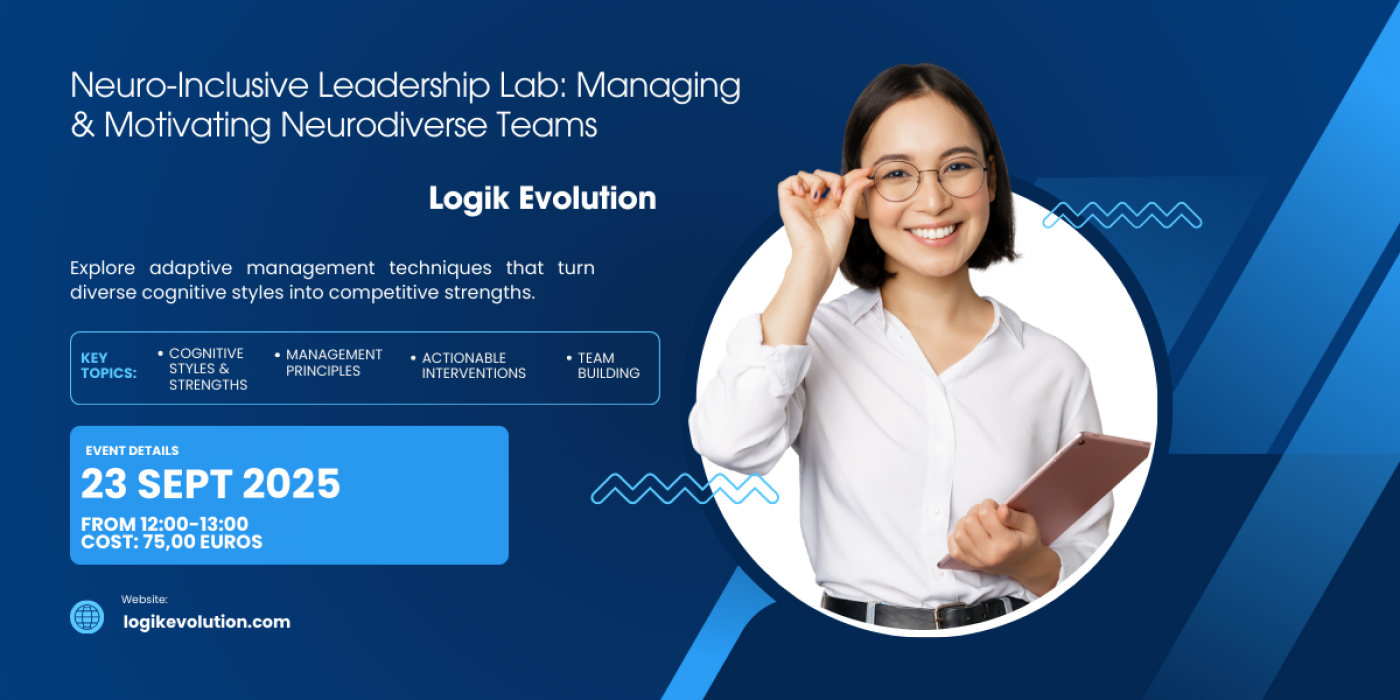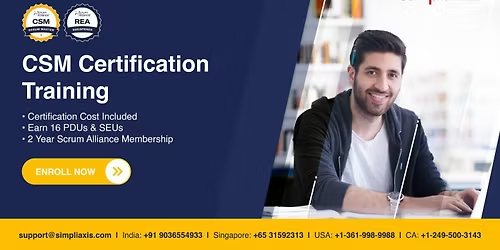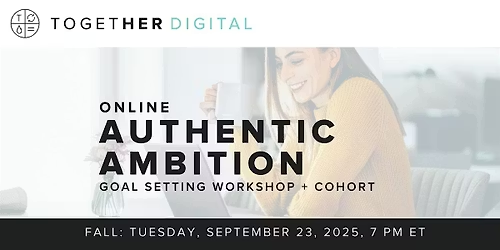
Neuro-Inclusive Leadership Lab: An Introduction to Managing & Motivating Neurodiverse Teams
A 1-hour online workshop equipping leaders with evidence-based strategies to transform cognitive diversity into competitive advantage.
Workshop Objectives
Develop an evidence-based understanding of common neurodiverse profiles (e.g. ADHD autism dyslexia) and their impact on team dynamics.
Master four adaptive management principles that turn individual differences into strengths.
Co-design and prototype actionable interventions for your own teams.
Agenda
1. Welcome & Framing
Quick introductions and digital housekeeping
Review objectives and agenda
Establish shared definition of “neuro-inclusive leadership”
2. Neurodiversity 101: Cognitive Styles & Strengths
Overview of ADHD autism dyslexia dyspraxia and related profiles
Key variances: processing speed sensory sensitivity divergent thinking
Competitive strengths: creative problem-solving pattern recognition hyperfocus
3. Four Adaptive Management Principles
Strengths-Based Task Design – Align assignments to individual cognitive profiles – Leverage divergent thinkers for brainstorming detail-oriented minds for quality control
Flexible Communication Channels – Blend synchronous (video calls) and asynchronous (chat shared docs) formats – Offer visual summaries and written agendas in advance
Environmental & Sensory Accommodations – Introduce “quiet zones” sensory breaks and optional noise-cancelling tools – Adjust lighting allow standing or movement during meetings
Structured Feedback & Clear Expectations – Use concise checklists and milestone calendars – Schedule regular one-on-ones with tailored feedback methods
4. Breakout Case Study & Discussion
Scenario: A cross-functional team with mixed neurotypes struggles with project deadlines and collaboration.
In small groups you will apply the four principles to diagnose challenges and propose 2–3 targeted solutions.
5. Rapid Prototyping: From Idea to Pilot
In the Rapid Prototyping segment participants break into small teams to design a concrete intervention—whether that’s a sensory-friendly stand-up meeting template or a personalized performance dashboard. Each group then defines clear success metrics (for example engagement scores on-time delivery rates and self-reported well-being) to ensure their solution can be piloted and evaluated effectively.
6. Share Reflect & Q&A
Group presentations (1–2 minutes each)
• Facilitator synthesizes common themes and insights • Open floor for questions
Event Venue
Online
EUR 75.00












